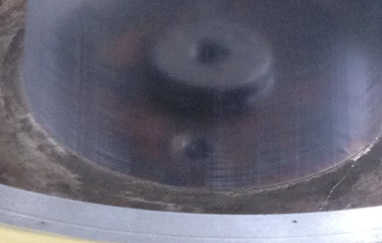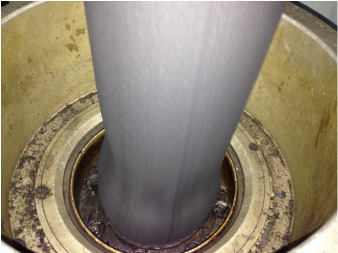Malaysian Plastics Industry Update–Pt. 2
- Published: February 08, 2015
I am sure that converters in Europe are aware that extruded plastic film, sheet, and profiles as well as injection molded parts from Asia are much less expensive than their counterparts made in the US and Europe, but I wonder if people truly understand why that is. The most common and obvious answer cited is lower labor costs. And while this is true, it is much more than that. You can include lower rental cost and transportation too, but there are great negatives to production in Asia that balance these cost savings out.
For example, productivity is generally one-half to one-fifth that seen in developed countries, which largely negates the labor savings. Additionally, and as important , there are typically higher waste percentages than seen in the US and Europe. In fact, it might be fair to say that scrap rate is unknown in many Asian converting operations. Counted or not, higher scrap means higher cost.
And then there's quality. In my experience, about a quarter of the operations I've seen in Asia have modern equipment from the USA or Europe. . . equipment that we would be jealous of in the USA. This equipment can make top quality products at world-class speeds and low waste levels. When you couple this with lower average costs, these companies are at a distinct economic advantage over any competitor in the world, and those machines are completely sold out.
The other three-quarters of the companies are using 30–50 year old equipment, running at sub-par speeds and producing less-than-stellar quality products. I'm talking speeds like I saw in the '70s... like blown film lines going 75 ft/min (24 m/min) and extrusion coating lines going 410 ft/min (125 m/min). In addition to the low productivity on these older lines, they generally show multiple quality defects, such as curl and organoleptic properties on extrusion coating lines and "splittiness" on high-stalk blown film lines.
So how do they compete?
I had the rare opportunity to sit in with a CEO of a large film producer near Kuala Lumpur, and he received a live call from Europe for an order of millions of bags. Quite often while I am there training, consulting comes as part of the deal. The price of the bags was fixed, as it was part of a competitive bid, as were the dimensions, thickness, print, quality, and strength requirements, etc. The issues were that the strength specification exceeded that of their standard films.
 I recommended running faster to reduce operating costs per kg and adding a whiz-bang strength additive, otherwise known as VistamaxxTM (a polypropylene-based elastomer made by ExxonMobil) to increase strength properties. However, an inspection of the various lines showed moderate to severe melt fracture (see photos below), so running faster was out of the question without modifications that couldn't easily be done on the equipment.
I recommended running faster to reduce operating costs per kg and adding a whiz-bang strength additive, otherwise known as VistamaxxTM (a polypropylene-based elastomer made by ExxonMobil) to increase strength properties. However, an inspection of the various lines showed moderate to severe melt fracture (see photos below), so running faster was out of the question without modifications that couldn't easily be done on the equipment.
But here's the kicker (coup de grâce for my international friends). . . the price required to obtain the contract gave only a 1% gross margin, using their current blend, which included large amounts of calcium carbonate filler. The gross margin would have been negative with the addition of Vistamaxx, which is a high-performance, high-cost resin. Any American company, and probably most European companies, would have left the deal on the table and walked away. But guess what? He accepted the contract with the hopes the specifications could be met, and that costs could be lowered.
 The US does not allow import of T-shirt grocery sacks from Malaysia because it's believed that Malaysia is subsidizing the production of the bags, and therefore "dumping" them into the USA at below-market prices. I don't believe this to be true. What I do believe, and observed, is that manufacturers there are desperate to cover fixed costs, and will do anything to do so, including taking gambles on orders.
The US does not allow import of T-shirt grocery sacks from Malaysia because it's believed that Malaysia is subsidizing the production of the bags, and therefore "dumping" them into the USA at below-market prices. I don't believe this to be true. What I do believe, and observed, is that manufacturers there are desperate to cover fixed costs, and will do anything to do so, including taking gambles on orders.
So, in the end, is it low-cost labor, a different accounting system, or simply management's desire to keep their machines running at all costs to cover their fixed costs? Perhaps a combination of all of these. But in the end, it doesn't matter, because at this time, Asian producers are the low-cost producer of plastic and many other products.












